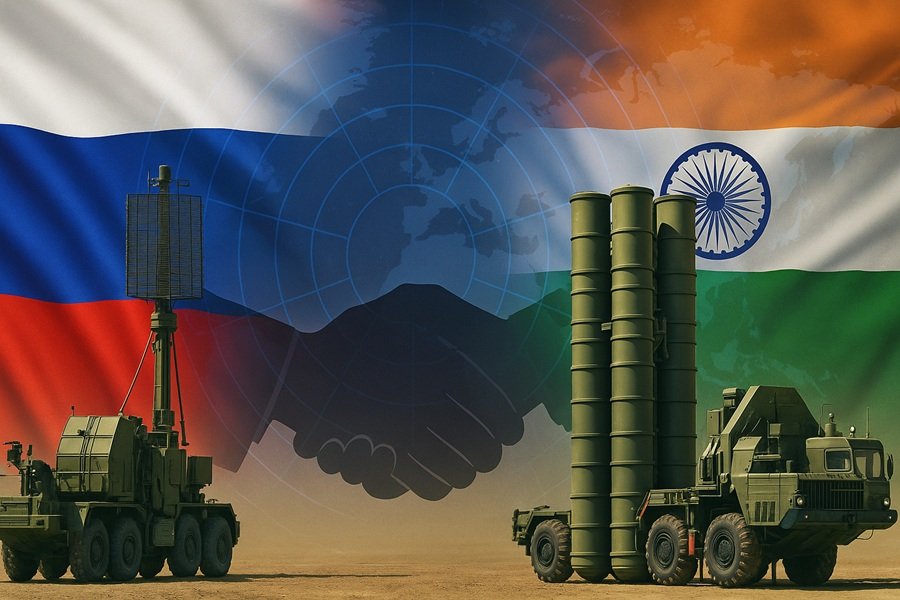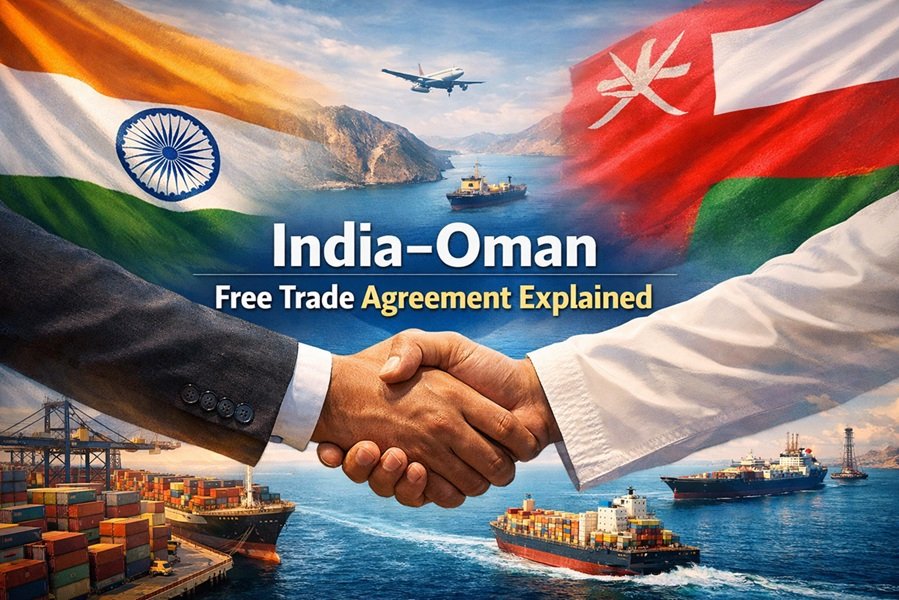
In a major move that could redefine the strategic air defense capabilities of India, Russian President Vladimir Putin has offered India joint production of the S-500 ‘Prometey’ (Prometheus) air defense system—Russia’s most advanced and futuristic missile shield. This development marks a deepening of the Indo-Russian defense partnership and signals a mutual intent to push military collaboration into the next generation of warfare technologies.
What Is the S-500 ‘Prometheus’?
The S-500 is Russia’s most advanced and recently inducted air defense missile system, widely regarded as the successor to the formidable S-400 Triumf system. While the S-400 already provides India with substantial strategic air defense capabilities, the S-500 offers a quantum leap in terms of range, altitude, speed, and multi-layered threat engagement.
Unlike traditional surface-to-air missile (SAM) systems, the S-500 is designed to counter a wide range of threats simultaneously, including:
- Hypersonic cruise missiles
- Intercontinental ballistic missiles (ICBMs)
- Fifth-generation fighter aircraft
- Satellites and space-based weapons in low-earth orbit
With a reported range of 600 km for aerial targets and up to 3,500 km for ballistic missile interception, the S-500 can track and neutralize multiple targets across atmospheric and near-space altitudes. It boasts the ability to engage 10 hypersonic targets at once, with response times as low as 3-4 seconds—almost three times faster than the S-400.
Why Russia Wants to Co-Produce S-500 with India
According to media reports and defense analysts, President Putin’s latest offer to co-produce the S-500 with India is part of a broader Russian strategy to maintain its defense market share in South Asia while deepening strategic cooperation with New Delhi amid global realignments. Key reasons behind this offer include:
- India’s Strategic Importance: India remains one of the largest and most reliable buyers of Russian defense hardware, including the S-400, T-90 tanks, MiG-29 jets, and BrahMos missile systems (co-developed). Joint production of the S-500 would elevate this relationship further.
- Countering Western Influence: The growing Indo-U.S. strategic partnership—particularly the sale of U.S. weapon systems such as the NASAMS, MH-60R helicopters, and the proposed sale of MQ-9B drones—has pushed Russia to strengthen ties with India through exclusive offers and co-production incentives.
- Technology Transfer as Leverage: By offering partial technology transfer and local manufacturing of the S-500 in India under the ‘Make in India’ and ‘Aatmanirbhar Bharat’ (self-reliant India) initiatives, Russia hopes to gain long-term strategic influence while boosting India’s indigenous defense industrial base.
What This Means for India’s Defense Posture
If the deal moves forward, it would signal a major transformation in India’s air defense capability, enabling it to:
- Build a Multi-Tiered Missile Shield: With the S-400 already operational and the indigenous BMD (Ballistic Missile Defense) program underway, the inclusion of the S-500 could create a layered defense matrix from 20 km to over 500 km in altitude.
- Neutralize China’s and Pakistan’s Missile Threats: India faces growing challenges from both neighbors. Pakistan has been ramping up its drone and missile capability, while China has been deploying hypersonic glide vehicles (HGVs) and DF-series ballistic missiles. The S-500 is potentially one of the few systems globally that can intercept these advanced threats.
- Strengthen India’s Space Defense: With the S-500’s ability to engage low-earth orbit targets, India can prepare for future “space warfare” scenarios and protect its critical satellites.
- Boost Defense Manufacturing: Joint production would involve Indian companies such as Bharat Electronics Ltd (BEL) and Bharat Dynamics Ltd (BDL), creating high-skill jobs, R&D opportunities, and infrastructure growth in the defense ecosystem.
Potential Roadblocks and Strategic Caution
However, such a monumental defense collaboration does not come without challenges. These include:
- CAATSA Sanctions Risk: The U.S. has imposed CAATSA (Countering America’s Adversaries Through Sanctions Act) sanctions on nations purchasing Russian military hardware. Although India has thus far avoided them despite the S-400 purchase, further engagement with Russian defense could trigger American diplomatic pressure.
- Cost and Technology Sharing: The S-500 is still being deployed domestically in Russia and is considered sensitive military technology. Whether Russia will agree to full or partial tech transfer is unclear, and the financial burden of local production could be substantial.
- Global Geopolitical Landscape: In an increasingly polarized world order—Russia facing sanctions from the West and ongoing conflict in Ukraine—India must balance its longstanding relationship with Moscow against its growing ties with Western powers.
Strategic Significance Moving Forward
The S-500 offer comes at a time when India is recalibrating its defense doctrines in light of evolving battlefield technologies. The inclusion of hypersonic, space-based, and AI-driven weaponry in modern warfare necessitates a rethink of traditional air defense strategies.
If India accepts Russia’s offer, it would be among the first countries outside Russia to access and co-develop fifth-generation air defense technology—potentially altering the regional military balance in Asia. It would also send a strong geopolitical message: that India will continue to pursue a multi-aligned foreign policy rooted in strategic autonomy.
Top Sources and References:
- Army Recognition – Russia proposes joint production of S-500 Air Defense System to India
- Aaj Tak – Russia wants joint production of S-500 with India, offered proposal to PM Modi
- The Times of India – India receives three S-400 missile systems from Russia






